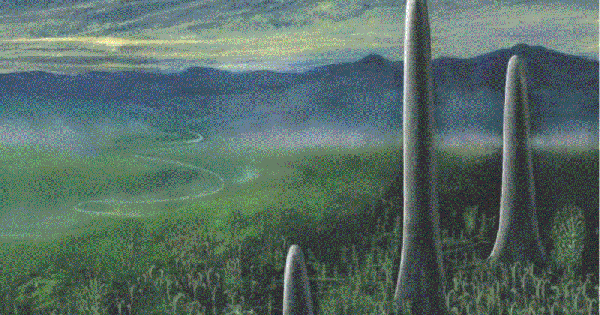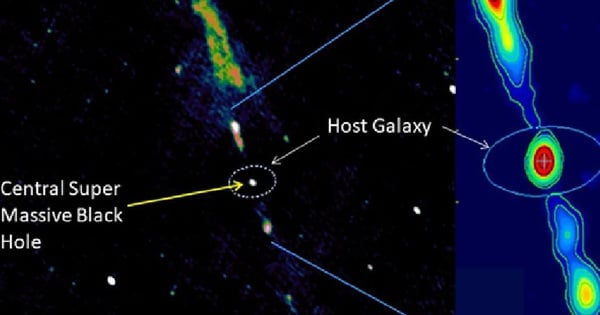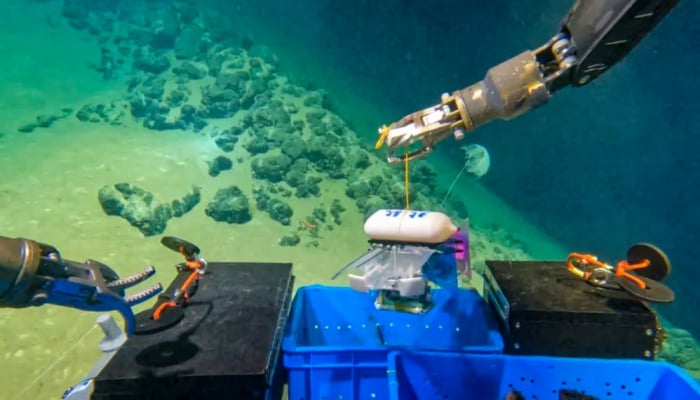(NLDO) - Scientists have found a priceless treasure of the early Solar System, hidden in an ancient meteorite that fell to Earth.
According to Science Alert, analysis by an international research team shows that meteorite NWA 14250 - found in Northwest Africa in 2018 - holds unparalleled secrets about the "infancy" of the Earth.
Because inside it contains pieces of material from the 4.5 billion year old protoplanetary disk of the Solar System.

Electron microscope images show clumps of material from the protoplanetary disk mixed with other cometary materials - Photo: SCIENCE ADVANCES
A protoplanetary disk is a giant disk-shaped object that surrounds a young star. Inside the disk, gas, dust, and debris gradually coalesce, giving birth to protoplanets and other "daughter" objects.
The first objects to coalesce in the disk go through many collisions, fragmentation, and recombination, eventually becoming the planets, dwarf planets, and all the other things that make up a complete star system.
Therefore, it can be said that the protoplanetary disk is the place where Earth was conceived.

Isotopes within the material clusters yield ancient traces of the formation of protoplanets 4.5 billion years ago - Photo: SCIENCE ADVANCES.
A research team led by cosmologist Elishevah van Kooten of the University of Copenhagen (Denmark) used scanning electron microscopy and spectral analysis of NWA 14250.
This helps identify the isotopes of different minerals found in the clumps of material inside the meteorite.
They found minerals in some of the clusters that were very likely to have cometary origins. But there was more. The material from some of the clusters was very familiar—it was similar to what has been found in other meteorites outside the orbit of Neptune.
They also resemble samples from the asteroid Ryugu, an object considered a "fossil" of the dawn of the Solar System.
The findings suggest that not only is primordial material relatively widely preserved in the Solar System, they also provide evidence that the composition of the protoplanetary disk was relatively uniform throughout the formation of our solar system.
The ubiquitous isotopic signatures that today belong to the comet-forming region at the edge of the Solar System also reflect that this protoplanetary disk possessed an important planetary building block in the distant, near-border region of the system.
The comet-forming region refers to the Oort Cloud, a belt of cold comets and asteroids that surrounds our solar system.
Previously, it was hypothesized that the system's first protoplanets and planets - including Jupiter, the first planet to form - were born very far from the Sun, then gradually moved inward.
“This provides an opportunity to identify the nucleosynthesis fingerprint of the comet formation region and thus shed light on the accretion history of the protoplanetary disk of the Sun,” the authors conclude in their paper published in the journal Science Advances.
Source: https://nld.com.vn/manh-vun-tu-vat-the-sinh-ra-trai-dat-roi-xuong-tay-bac-phi-196240617091555913.htm







![[Photo] Prime Minister Pham Minh Chinh receives Mr. Jefferey Perlman, CEO of Warburg Pincus Group (USA)](https://vstatic.vietnam.vn/vietnam/resource/IMAGE/2025/4/18/c37781eeb50342f09d8fe6841db2426c)























































































Comment (0)